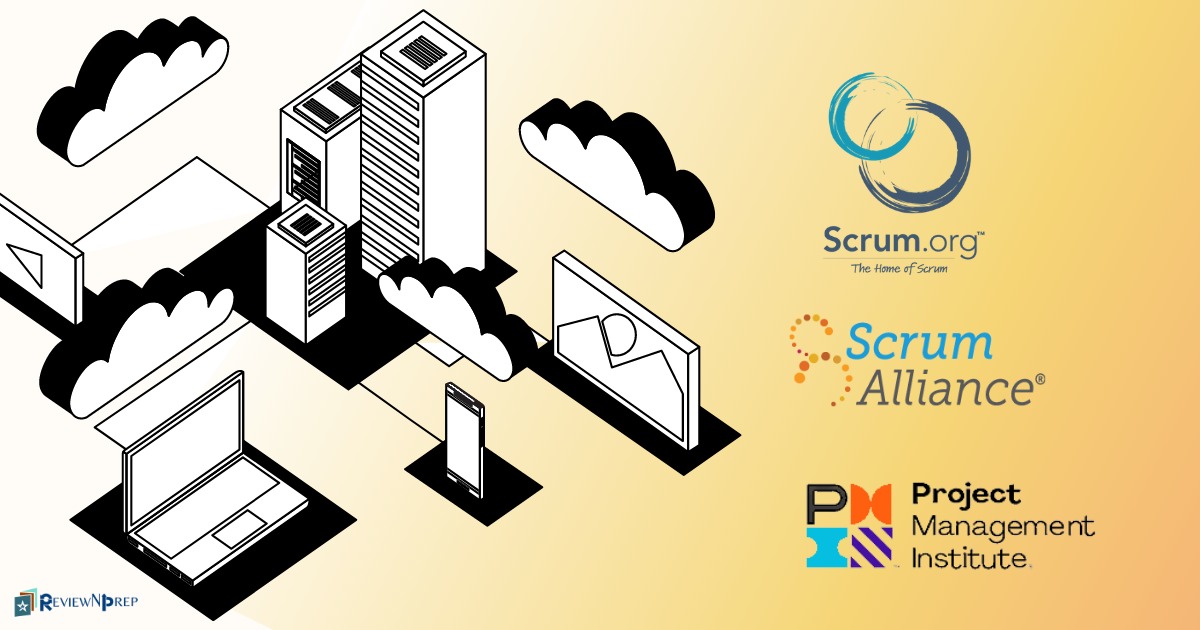In today’s fast-paced world of product development and engineering, choosing the right project methodology can spell the difference between on‑time delivery and runaway budgets. Whether you’re building an aircraft, designing a mobile app, or launching a new hardware product, understanding the strengths and trade‑offs of Predictive (Waterfall), Agile, and Hybrid approaches is critical for success.
1. Predictive (Waterfall) Methodology
Often called the Waterfall model, predictive methodology is a linear, sequential approach. You finalize planning and design fully before beginning development. This structure is ideal when you know your requirements up front and need rigorous documentation and approval at each phase.
Real‑World Example:
- Aircraft Reconfiguration (Qantas Boeing 747)
- In 2010, Qantas reconfigured its Boeing 747 fleet using a Waterfall process to minimize ground‑time and risk. Extensive blueprinting and research ensured that every component was precisely defined before engineering began.
When to Choose Waterfall:
- Projects with fixed requirements and clear regulatory or safety constraints (e.g., aerospace, construction).
- Situations where scope changes are costly or require lengthy approvals.
2. Agile Methodology
Agile breaks development into small, iterative increments or “sprints,” promoting flexibility, frequent feedback, and close collaboration with stakeholders. This approach shines when requirements evolve or rapid market changes occur.
Real‑World Example:
- Android App Development (since 2019)
- As a Scrum Master and Product Owner, Pete Cooper led multiple mobile projects at Skillion using Agile. By releasing new features every sprint and incorporating user feedback, projects adapted quickly to shifting market needs.
When to Choose Agile:
- Software or digital products with uncertain or dynamic features.
- Teams and customers who can engage in continuous feedback.
3. Hybrid Methodology
The Hybrid approach combines the best of both worlds: predictive planning for hardware or core architecture and Agile iterations for software and feature development. This flexibility helps teams manage strict deadlines and budgets while remaining adaptable.
Real‑World Example:
- Cellphone Development (Nokia CE Process)
- Nokia’s Concurrent Engineering (CE) process paired detailed hardware planning with iterative software release trains. By aligning the two tracks, teams delivered robust hardware on schedule and evolving software capabilities in parallel.
When to Choose Hybrid:
- Projects where hardware demands thorough upfront planning but software benefits from iterative enhancements.
- Complex products requiring tight integration of multiple disciplines.
4. Picking the Right Fit
| Factor | Waterfall | Agile | Hybrid |
|---|---|---|---|
| Requirements Stability | High – fixed scope | Low – evolving scope | Mixed |
| Documentation & Control | Heavy – formal approvals | Light – adaptive documentation | Balanced |
| Stakeholder Engagement | Periodic reviews | Ongoing collaboration | Combined model |
| Risk & Compliance | Suitable for high‑risk, regulated work | Better for lower‑risk software | Tailored per component |
Consider your project’s complexity, stakeholder availability, regulatory needs, and risk tolerance. No one method fits every scenario—successful teams often blend practices to suit their unique challenges.
Ready to Transform Your Next Project?
At Skillion, we specialize in tailoring program management solutions to your needs. Whether you’re eyeing an industrial engineering feat or a cutting‑edge software rollout, our experts can guide you through the methodology maze.
✉️ Contact us at info@skillion.tech to learn how we can help you deliver on time and under budget.

Copyright 2025
Pete Cooper is a CEO and Program Manager with 20+ years of diverse experience as an Agile Servant Leader Program Manager and eight years as a CEO. His career started as a design engineer and grew to the executive level. He has worked in various fields, including Software Development, AI/ML, Product Design, Aviation, App Development, RF Design, Electronics Design, Mechanical Design, Telehealth, Semiconductors, IoT, and more.
Pete is a thought leader in applying Agile Program Management methodology as a CEO. He has received recognition for overseeing complicated projects in various sectors. He holds an Engineering Degree, MBA, an Airline Pilot’s Licence, and multiple Program Management Certifications, including FAIPM, PSMI I, II, and PMP.
At Skillion, where Pete is the CEO, we pride ourselves on our ability to implement and educate Program Management woven into our customer projects. If you need more than a technical solution managed end to end, don’t hesitate to contact us today to learn more.
Contact: info@skillion.tech


